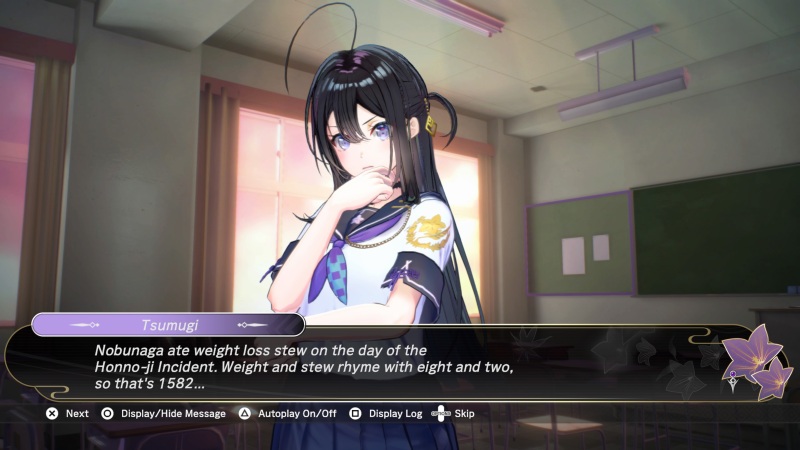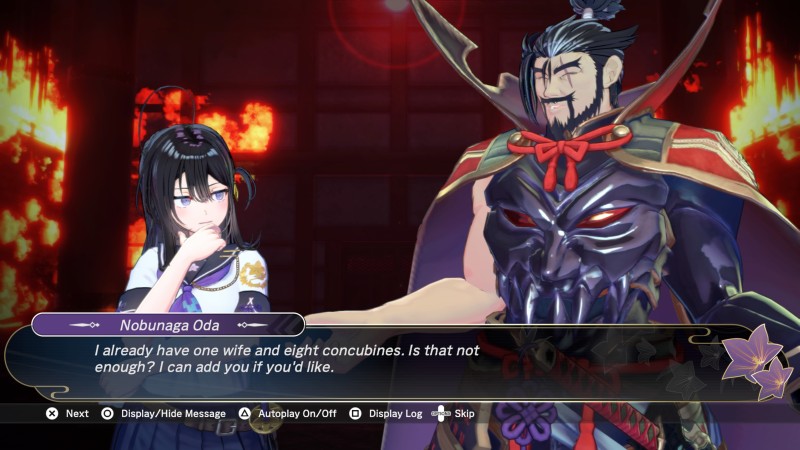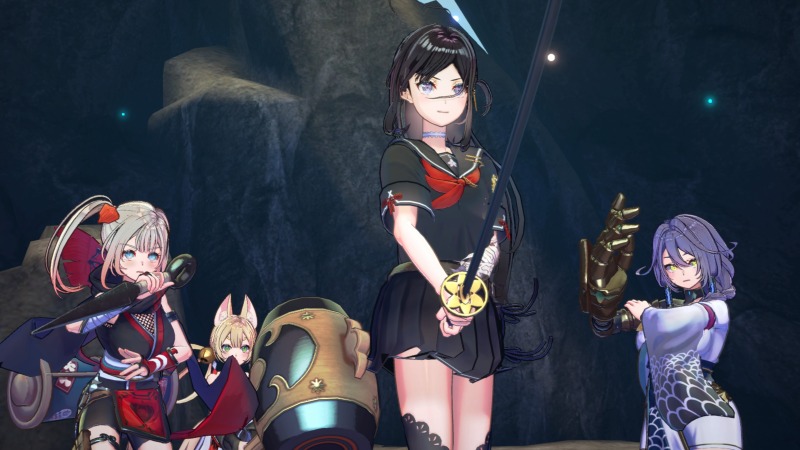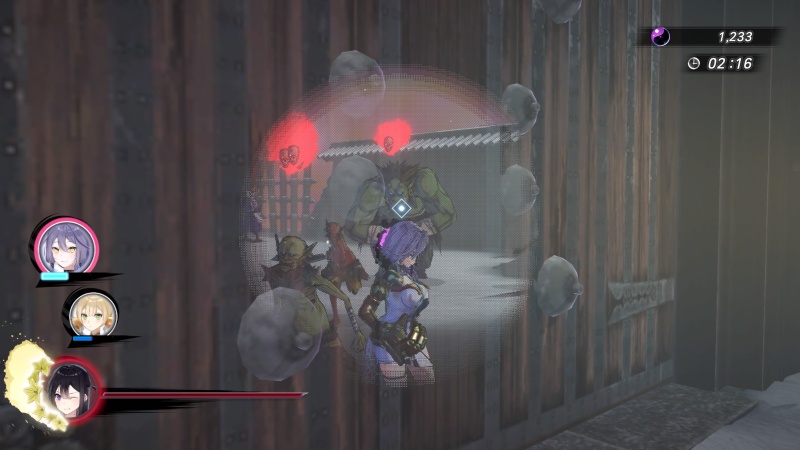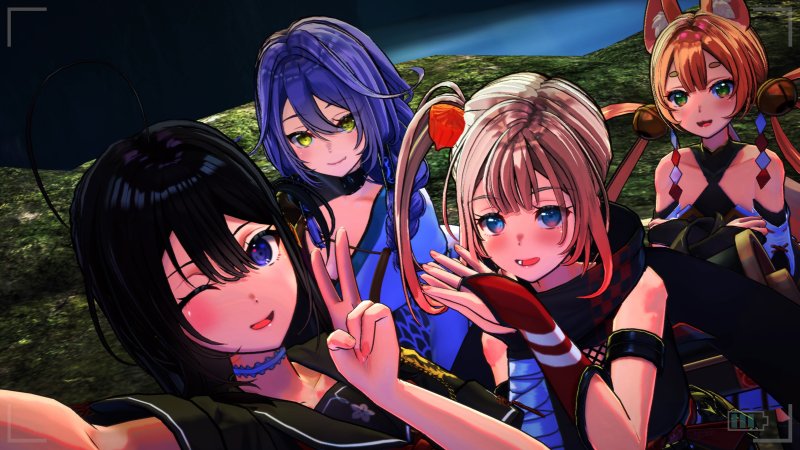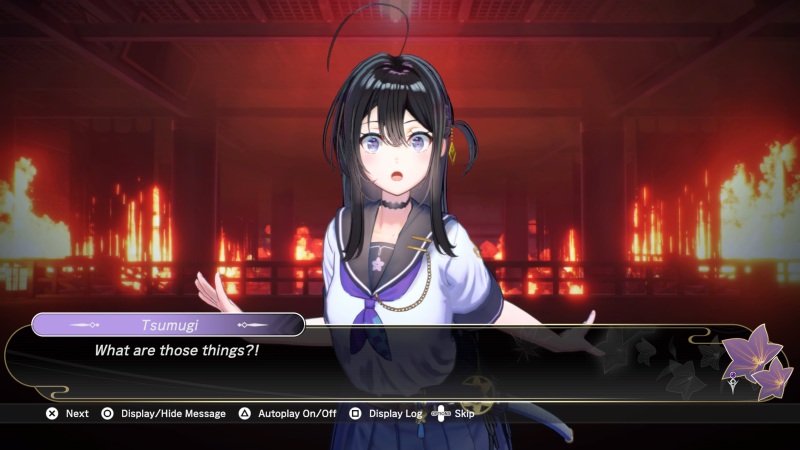Samurai Maiden Review (PS4) – With some games, you can look at the cover art or the name and know exactly what to expect. Such is the case with Samurai Maiden.
While it does nothing to expand on the formula taken up by games like Neptunia, it oversimplifies gameplay that’s already simplified, leaving the final product feeling far too undercooked.
Samurai Maiden Review (PS4) – Falling Short of The Bar That’s Already Low
Same, Same, Same
You take on the role of Tsumugi Tamaori, a high school student from the real world. While studying for her history class, she finds herself dropping in the middle of the Sengoku Period. Specifically, she quickly learns that she arrived just days before the Honnō-ji Incident occurred, which is when the leader of the Oda Clan, Nobunaga Oda, died.
Joining Tsumugi are three other characters. Iyo hails from the Sengoku Period and is a disciple of Nobunaga. Hagane ends up in the Sengoku Period after traveling from further in the future than Tsumugi. Then there’s Komimi, who comes from a different universe altogether.
To make things more complicated, Tsumugi is declared as the Samurai Maiden who will slay the Demon Lord wreaking havoc on the Sengoku Period. All three companions gravitated to Tsumugi to protect and aid the Samurai Maiden in her quest.
The story itself lacks a great deal in overall quality. Rather than truly channeling the time period or the circumstances revolving around the Honnō-ji Incident, that premise ends up more like a fixture than anything else. Sure, games like this are more light-hearted, but they could have leaned into the timeframe far more than they did without getting heavy.
The characters spend a great deal of time repeating themselves or reinforcing what they plan to do. Then surround that with odd banter and forced sexual jokes, and you have a cheeky game that flops on its humor far, far more than it lands.
The best part about character interactions is how much detail and animation is put into each character. Instead of just standing stiff, the 3D models move around and emote throughout each and every conversation. Unfortunately, the limited amount of animations soon shows itself, and even these quickly grow repetitive.
Humdrum Combat
From the very first bit of combat, you use the same combo continuously: Square – Square – Square – Triangle – Triangle. The only variety you can add to this is how you hold the Left Joystick while playing. Pulling back sends small enemies in the air, aiming forward does a thrusting attack, and doing nothing does a sweeping combo.
Also, the only part of the combo affected by the joystick direction are the Triangle inputs. The Square attacks stay the same the entire time. This sets the tone for the game as a whole and never deviates.
What makes combat worse is how long animations and pauses are injected into the combos, creating the illusion of complexity and the need to think about what you do in battle. You can cancel some attacks by dodging with R1, but that doesn’t always help either.
Equally so, dodging has its own long animation with only the first half of the animation being immune to damage. Then, if you get hit, you stay on the ground for 2 to 3 seconds with another animation to stand up. In that entire time, enemies can hit you as many times as they like. As you can see below, the camera often doesn’t help either.
Major Missteps
To worsen things further, Samurai Maiden ups the difficulty not with unique mechanics but with sheer numbers. If you get knocked down, enemies circle you and start swinging. Far too many times later in the game I died before I could even stand up, and my health was 75% when I first hit the ground.
As the final nail in the combat coffin, boss attack cues don’t properly indicate when the attack starts. With the same boss, a visual and sound prompt indicate the attack, but the sound cue shows up at different times in the animation. Sometimes the chime happens the moment the attack starts, sometimes right after, and sometimes a little before.
One more point remains in Samurai Maiden that needs highlighting. The only way to develop and level your characters is to use orbs from battle to level your weapons. Only a handful of weapons appear throughout the story, and leveling them requires a great deal of orbs. Nothing else enhances your character, and they do not level up.
Very modest increases in attack and health come with each upgrade, but the important enhancements come at levels 5, 10, and 15. Instead of improving stats, these upgrades give generic perks to Tsumugi, like increased attack radius. They take a great deal of grinding to level up, and the payoff just isn’t rewarding for the work put into it.
Depending on what you want out of a game like this, the overt simplicity described above could be appealing to some. That way, you spend less time in combat and development and instead spend more time between missions watching the characters interact. Still, after reading above how the complete package plays out, a simplistic game experience like this probably won’t be a selling point for very many people at all.
Falling On Its Sword
Very little in Samurai Maiden sets itself apart from other games like it, and what it actually does pales in comparison to other titles like it. Games like Samurai Maiden are a dime a dozen. The character models grant generous emotional expressions as they interact, but the repetitive nature of absolutely everything leaves this game behind more popular franchises, like the Neptunia games.
Unless you want a mindless and frustrating gameplay experience with shallow, repetitive writing, then Samurai Maiden is for you. Regardless, whether you want to play this game or not, there are far better options out there. At least the Neptunia games are self-aware.
Samurai Maiden is available for PS5 and PS4 on December 8, 2022.
Review code kindly provided by publisher.

